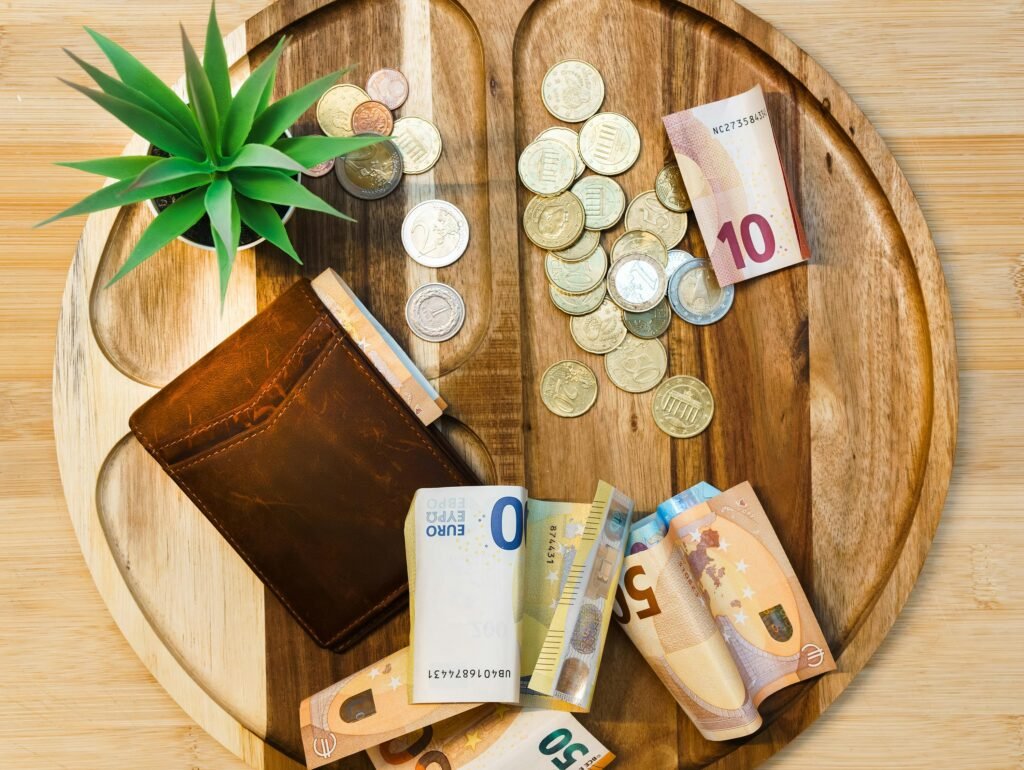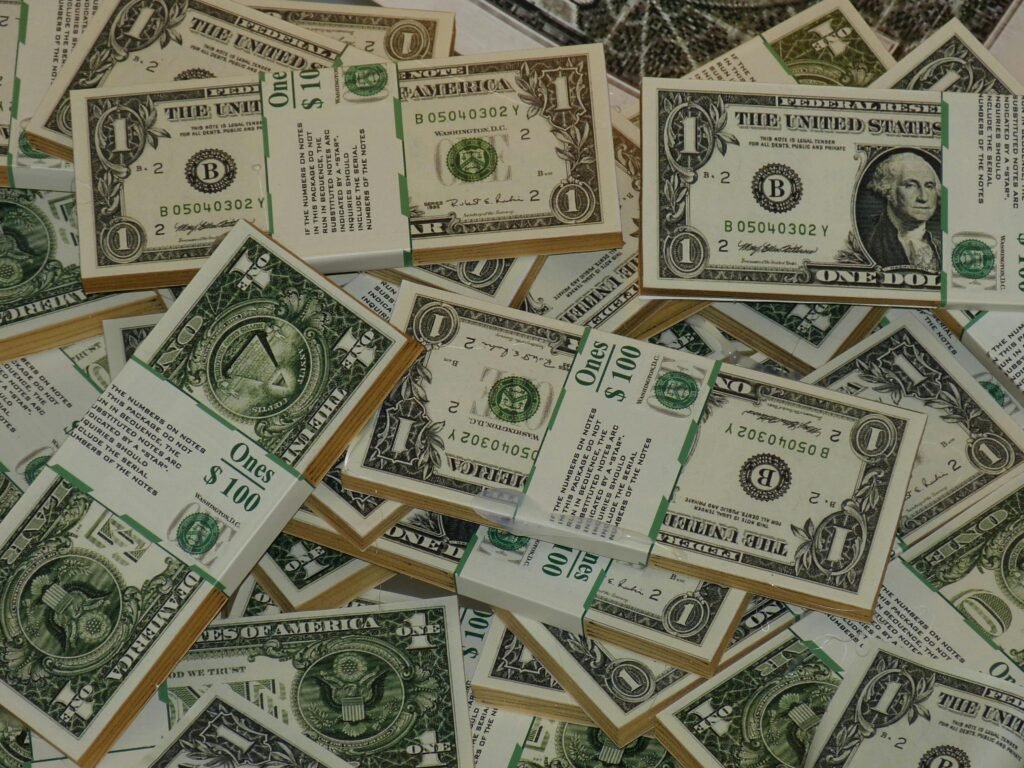
This typically includes an increase in the production of goods and services in an economy over time: economic growth is usually measured as the percentage change in real Gross Domestic Product (GDP). These influences can be summarized under supply-side factors, demand-side factors, and institutional factors. Here’s a detailed breakdown:
Supply-Side Factors
These are on the production side of an economy:
a. Capital Accumulation
Investment in Physical Capital: Investments like infrastructure, machinery, and technology, lead to improvements in productivity and efficiency in the production process.
Human Capital Development: The investment of education, training and health care ensures a more skilled and productive workforce.
b. Technological Innovation
Increased productivity allows for the production of better quality goods at ever-lower prices.
It originates from research and development (R&D) investment, which creates an ecosystem of innovation.
c. Natural Resources
Access to rich natural resources (e.g. oil, minerals, fertile land) can drive economic growth, but this advantage can wane if not managed sustainably.
d. Labor Force Growth
This larger labor force can then produce more goods.
Lifted labor productivity is a must even for persistency expansion.
Demand-Side Factors
They drive consumption and investment up:
a. Consumer Spending
As disposable income increases, the demand for goods and services increases and businesses produce more.
b. Government Spending
Public investment in infrastructure, education and health care can help spur economic activity.
And expansionary fiscal measures (e.g., tax cuts or higher spending) spur demand in downturns.
c. Exports
A country experiences economic growth when it has a high demand for its goods and services for trade with other nations.
Factors at the Institutional and Structural Level
The internal ecosystem and policies of an economy are just as important:
A. Political Stability and good Governance
A healthy environment to invest and grow businesses is ensured by governments that are stable and responsive institutions.
b. Economic Policies
Consumer behavior: Monetary policy is a tool used by central banks to control inflation and stabilize the economy by increasing or decreasing interest rates and the money supply.
Governments control growth through taxation and spending — fiscal policy.
c. Legal and regulatory framework
Entrepreneurship and foreign investment are enhanced by: Protected property rights and properly enforced contracts; Other aspects of regulatory efficiency.
d. Financial Systems
As such, access to credit and investment opportunities provide the ability to increase economic activity for businesses and individuals alike.[1]
e. Globalization and Trade
Open trade policies enable countries to specialize in goods for which they have a comparative advantage, thus boosting efficiency and growth.
Social and Cultural Factors
Innovation and Entrepreneurship: Socially permissive societies tend to develop faster.
Culture: That people like working hard and taking risks, and saving, helps societies grow faster.
Barriers to Economic Growth
Underdevelopment of infrastructure, poor quality of education systems, corruption, political instability, and a high debt burden may hamper growth.
Environmental degradation and resource depletion can render growth unsustainable.
Long-Term Growth Drivers
On a broader timeline, economic development is maintained through improvements in productivity, innovation, and efficient use of resources. To integrate challenges into opportunities, for growth, both the public authorities and private sectors should come together, in investments (both, human and physical) for long lasting prosperity.

